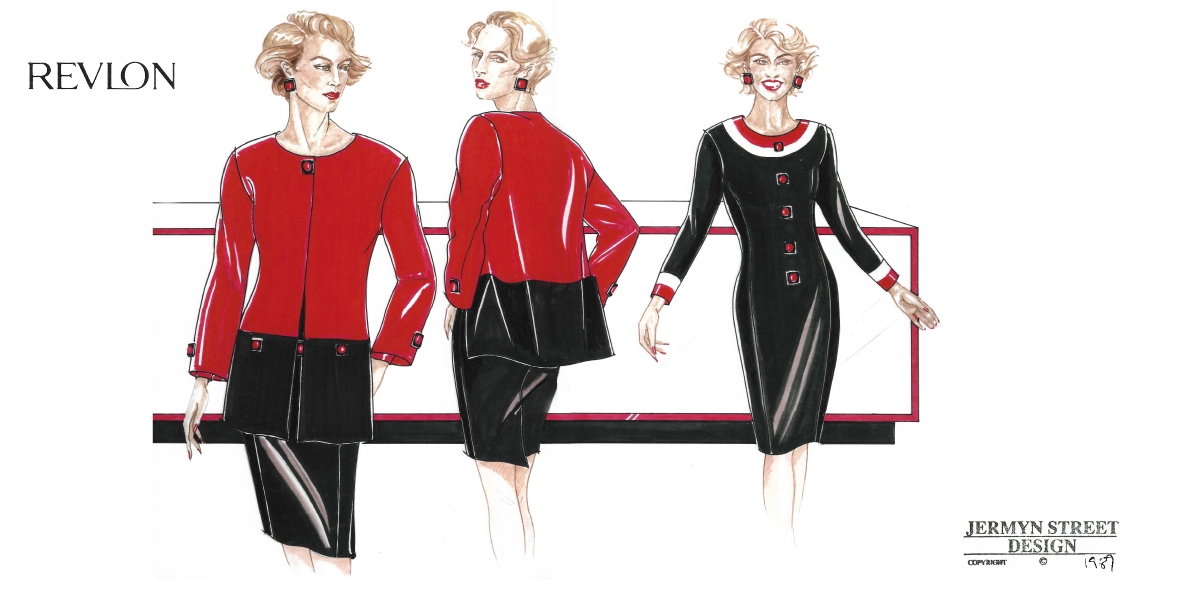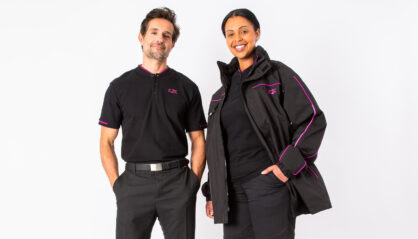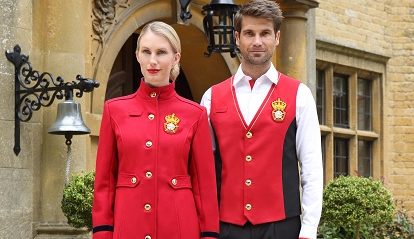The Role of Workwear in Brand Building

As companies start taking a more considered approach to uniform design, we look at the vital part it plays in a brand’s identity, plus why the workwear aesthetic is crossing over into fashion and culture more broadly
The origins of work uniforms can be traced all the way back to the middle ages, when workers would wear badges on their clothes to denote their role in the army or in service of lords. The rise of modern workwear in the 20th century, however, is synonymous with many companies’ transition to global corporations, which suddenly required their branding to be distinctive enough that it could be recognised by customers in countries around the world.
Jermyn Street Design founder Susanne Malim was first introduced to the potential of uniforms as an exercise in brand building when she worked as a model in the late 1970s. “They used me for the launch of a British Airways uniform, which I thought was beautiful at the time, but I was so aware that the clothes that most people were being asked to wear just weren’t fit for purpose, or were incredibly hard to work in. That was why I started Jermyn Street Design, to put in some fit, flair and a bit of fashion.”
Since launching in 1981, the company has created uniforms for everyone from Dyson to an early iteration of Virgin Galactic. “We got involved with designing for Christian Dior, Chanel, Gucci and Givenchy and the workers that were selling their cosmetics. So we started if you like with fashion and then companies like Eurostar and Ocado went, hang on, why don’t we use designers like that?”
While uniform design was a pretty niche business to get into when Malim started out, today the workwear market is worth over $32 billion and is expected to grow by another $10 billion by 2026, according to ReportLinker.
Click here to read the article by Creative Review





